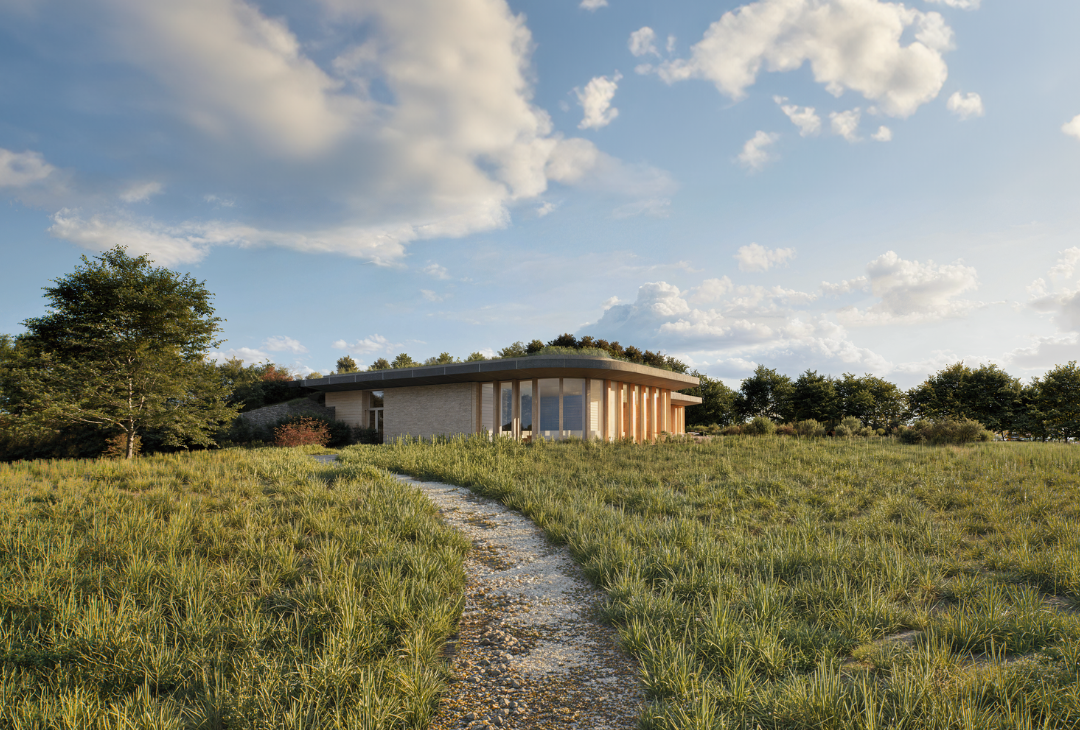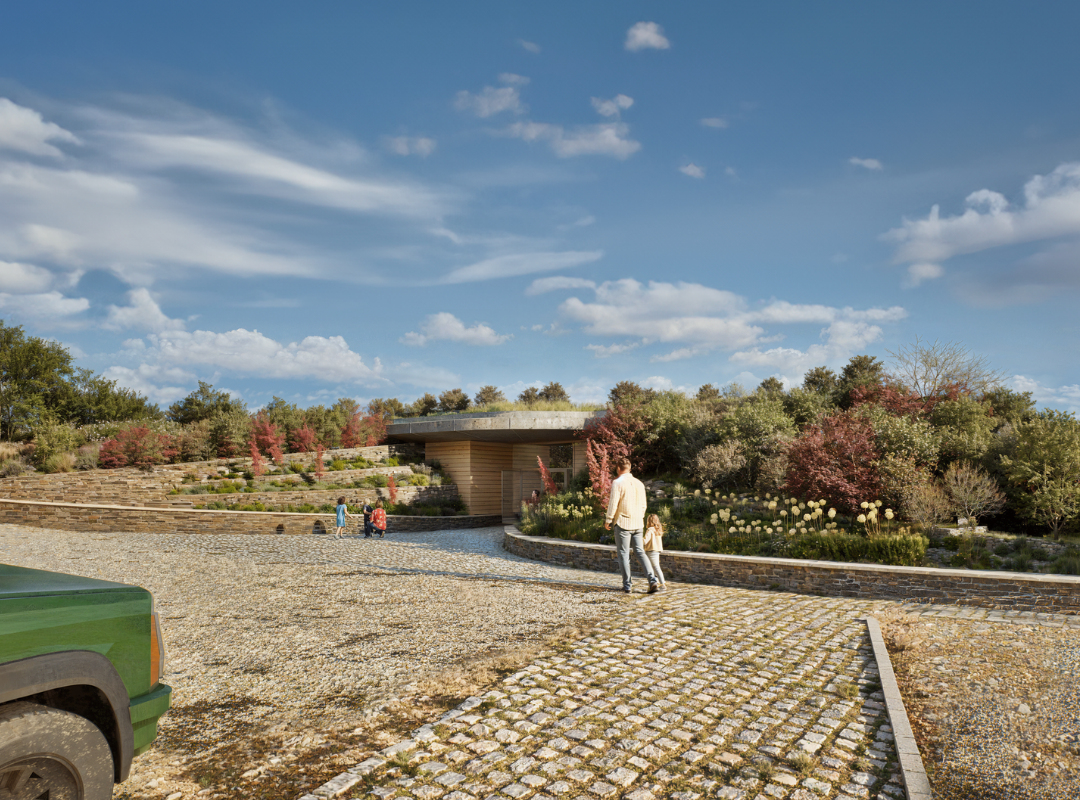Securing Planning Permission - Community Hall Poundstock
Laurence Associates has recently been successful in securing consent for a community Hall in Poundstock.
The scope of the project was to introduce a bespoke building which served the needs of the community but that also respected the character of the area, with the development within an existing field. A careful balance was therefore required.
Following a pre-application, it was clear that character impact and design approach was integral to the success of the scheme.
With this in mind, our Architects proposed a design which sought to minimize the visual massing of the building, whilst still retaining maximum levels of internal space. In doing this, the building used the gradient levels of the site, with the building set into the land.
The design took a landscape approach and included a curved green roof which stemmed from the existing land, given the effect that the building is set within the site. Furthering on from the landscape approach to the building, the wider site was also considered, with wildflower meadows and ponds included within the development proposals.
Due to the design approach and articulated planning case, which removed accessibility & character issues, the application was able to be supported without objection or delay.
The consent was a brilliant outcome for the local community, and we are excited to help see this scheme come into fruition.
Here at Laurence Associates, serving communities is the heart of everything we do and due to our ability to provide architectural, planning and landscape advice all in house, we are ideally placed to assist.
Contact us today for a free consultation.
Tel: 01872 225 259
Contact: hello@laurenceassociates.co.uk



